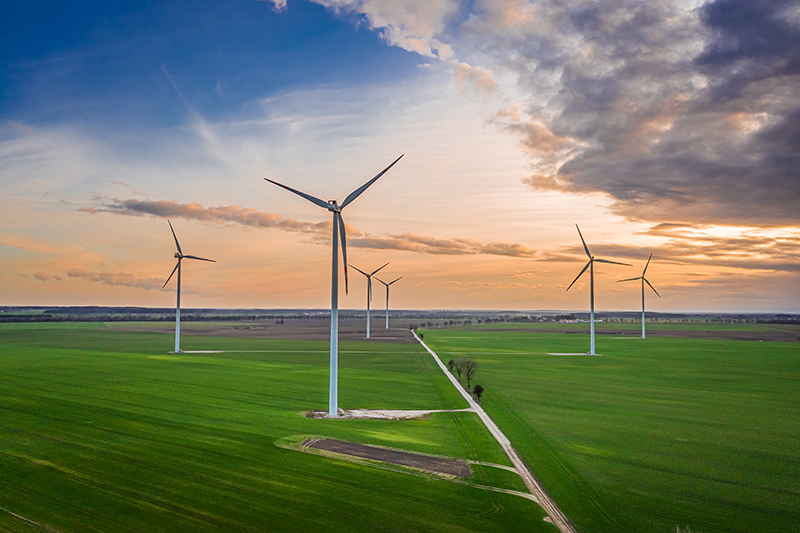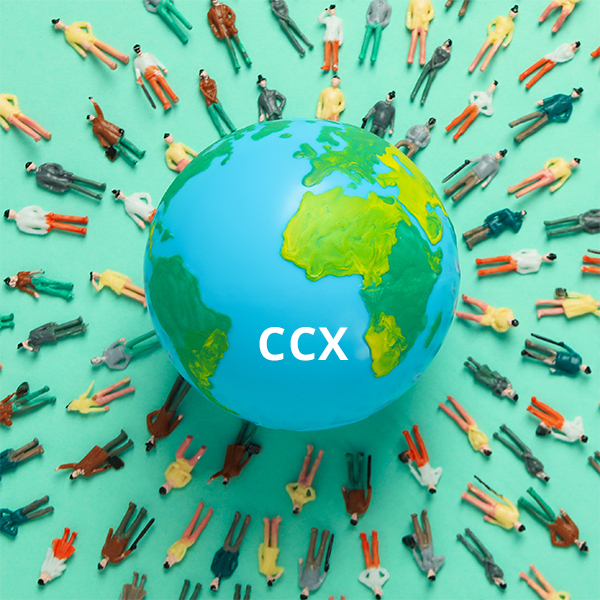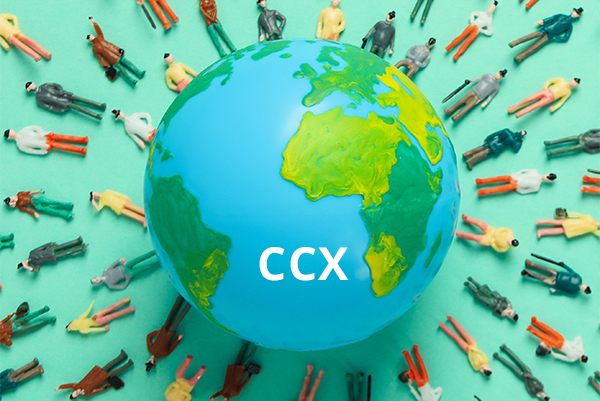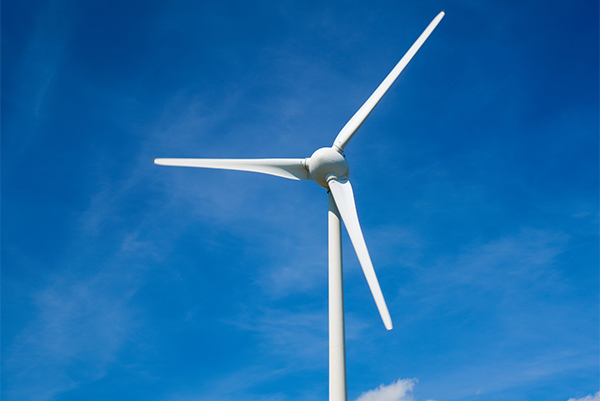Carbon Credits
A tool to offset unavoidable carbon emissions.
What is a Carbon Credit?
A carbon credit is a tradable intangible instrument that is issued by a carbon-crediting programme, representing a greenhouse gas (GHG) emission reduction from the atmosphere equivalent to one metric tonne of carbon dioxide equivalent (tCO2e). Reduction can be achieved through avoidance or removal. Carbon credits can be used to offset carbon emissions generated by governments, organisations or individuals.
What is a Carbon Credits?
A carbon credit is a tradable intangible instrument that is issued by a carbon-crediting programme, representing a greenhouse gas (GHG) emission reduction from the atmosphere equivalent to one metric tonne of carbon dioxide equivalent (tCO2e). Reduction can be achieved through avoidance or removal. Carbon credits can be used to offset carbon emissions generated by governments, organisations or individuals.
Why Carbon Credits?
Why Carbon Credits?

Carbon offsetting
By purchasing carbon credits, you are paying for the avoidance or removal of GHG emissions elsewhere, thereby compensating for, or offsetting, the equivalent amount of GHG emissions that you or your business generate. Offsets are calculated relative to a baseline that represents a hypothetical scenario for what emissions would have been in the absence of the project.
A Cost-effective Approach to Support Decarbonisation
Investing in renewable energy or other initiatives to reduce or remove carbon emissions can be costly. Carbon credits offer individuals and companies a way to channel money to carbon reduction projects, regardless of the scale.


Strengthen corporate social responsibility
Using credible carbon credits could demonstrate your company’s commitment to corporate social responsibility as it shows an effort to offset your emissions.




















